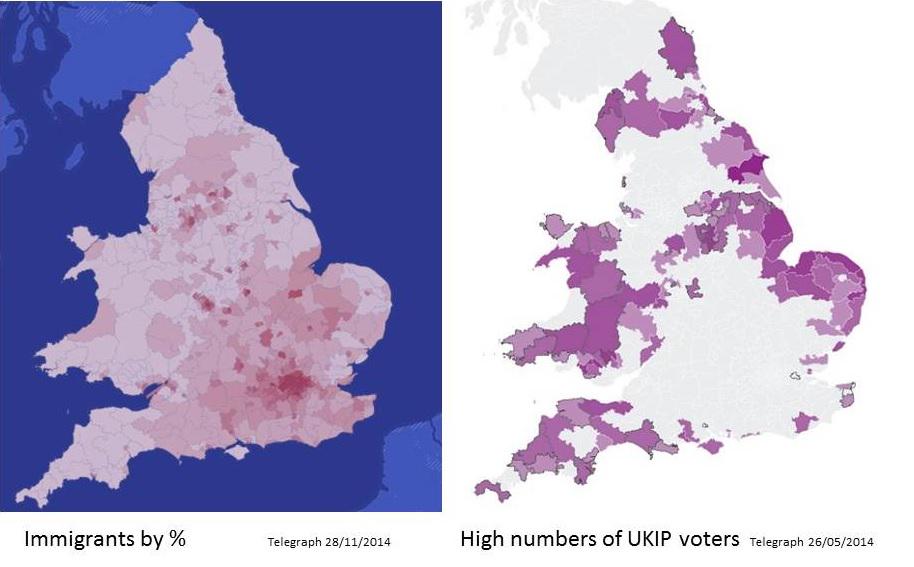Public engagement isn't to my mind so much about educating the public, though that is of course one of the aims, but of enthusing folk to educate themselves. One key way to do this is with hands-on discovery - when you find something with your own hands, or see it with your own eyes it has so much more of an impact.
I have been impressed with the work of Cristina Cipriano (@crizipri on Twitter) who is keen to bring low cost equipment to the general public. She has produced a 3D printed laser pen microscope which is pretty cool, but 3D printing isn't really my thing, and the pieces are very specific in size. A different brand of laser or syringe could lead to small alignment issues and not work as desired.
I put together a design to hold the laser pen and a syringe in a rigid folded cardboard that can be cut from a single A4 sheet. (plans here). The holes for the pen and syringe act as springs which hold them in place and can be tweaked to get perfect alignment.
How this works: The drop acts like a lens and will project whatever is inside as a image onto the surface behind the drop. I used a sample of dirty water from the bottom of the water butt in my garden.
I used single layer corrugated card. With careful attention to the laser cutter settings you can cut through just one wall at the folds making a very smart hinge.
And now for the health and safety. Lasers are dangerous. Laser pens can cause damage so treat them with respect. Look at what the laser is pointing at, not the laser itself.
Parts list:
1 A4 sheet of single wall corrugated card about 1.5mm thick
1 laser pen (about £1.50 on eBay)
1 10ml syringe with a luer tip (not luer lock or it won't fit down the hole.)
You will need a laser cutter or be very good at cutting out with a craft knife.
Folding the cardboard is easy with the part through cuts along the fold lines.
Before assembling the box, push the laser pen (abotu £1.50 on eBay) through the pen holder holes. The inner one has the cuts 'backward' so ensure you push it through in the right direction. Having a star cut allows for some 'wriggle' to get the laser nicely aligned.
Acknowledgements: All cutting was carried out at the Dundee Makerspace.
You will need a laser cutter or be very good at cutting out with a craft knife.
The first cut out. This used cardboard from an old shoe box.
Ready to go. The cut cardboard.
Folding the cardboard is easy with the part through cuts along the fold lines.
Before assembling the box, push the laser pen (abotu £1.50 on eBay) through the pen holder holes. The inner one has the cuts 'backward' so ensure you push it through in the right direction. Having a star cut allows for some 'wriggle' to get the laser nicely aligned.
One side folded. The tabs slot through then bend to lock in place. It is quite robust. I've made some slight adjustments to the design shown here to make it easier to insert the tabs(rounded corners etc.)
A 10 ml syringe fits nicely. If you want to use a needle, this can just pierce the cardboard directly. The design includes a hole for the tapered tip.
In action. The peg is keeping the laser pen on and there is a scrap of cardboard rolled up to hold it in the right place (just off the bottom of the photo).
Please do not look in this end. This was viewed with the camera, not my eye. There are windows both sides for aligning the drop and the laser. I will repeat
DO NOT LOOK INTO THE LASER WITH YOUR REMAINING EYE.
And here is a picture - sludge from the bottom of the garden water butt. There is some diffraction, but movement of the particles can be clearly seen.
This will happily project onto a wall or large piece of card. Remember to not look into the laser.
Acknowledgements: All cutting was carried out at the Dundee Makerspace.










